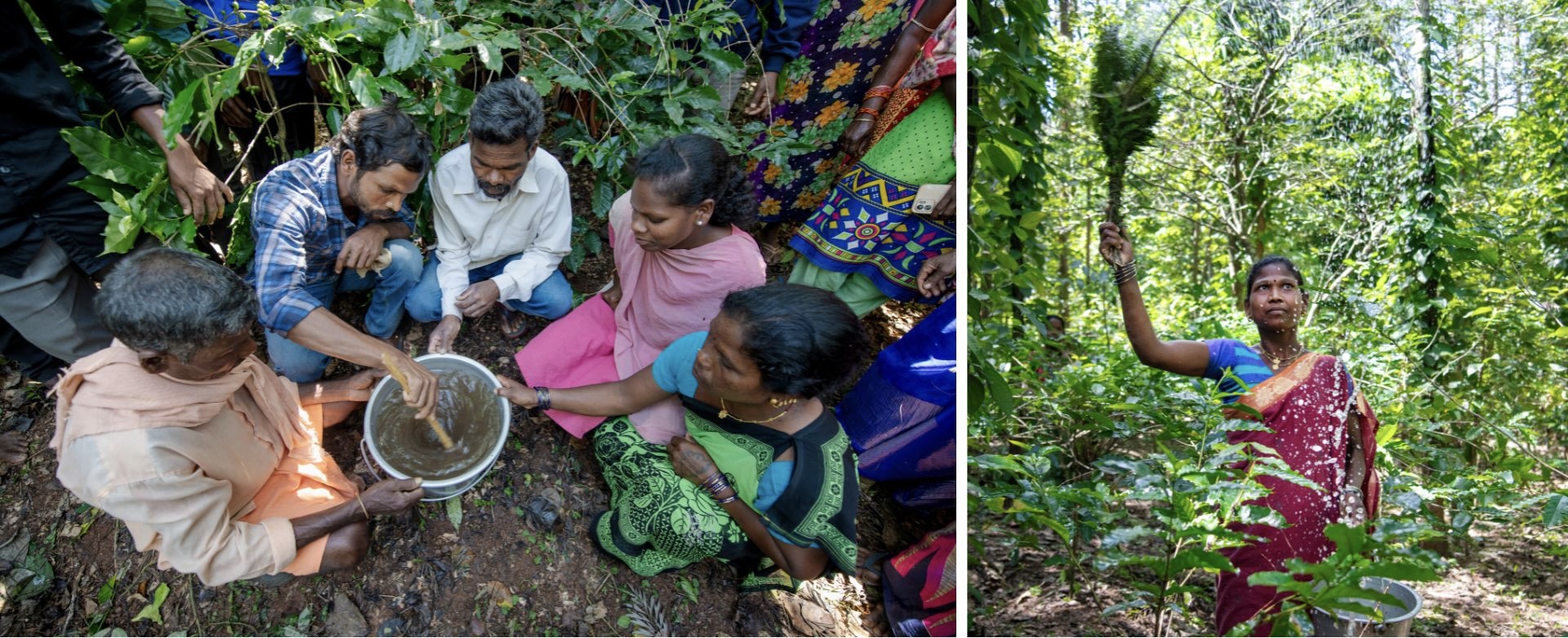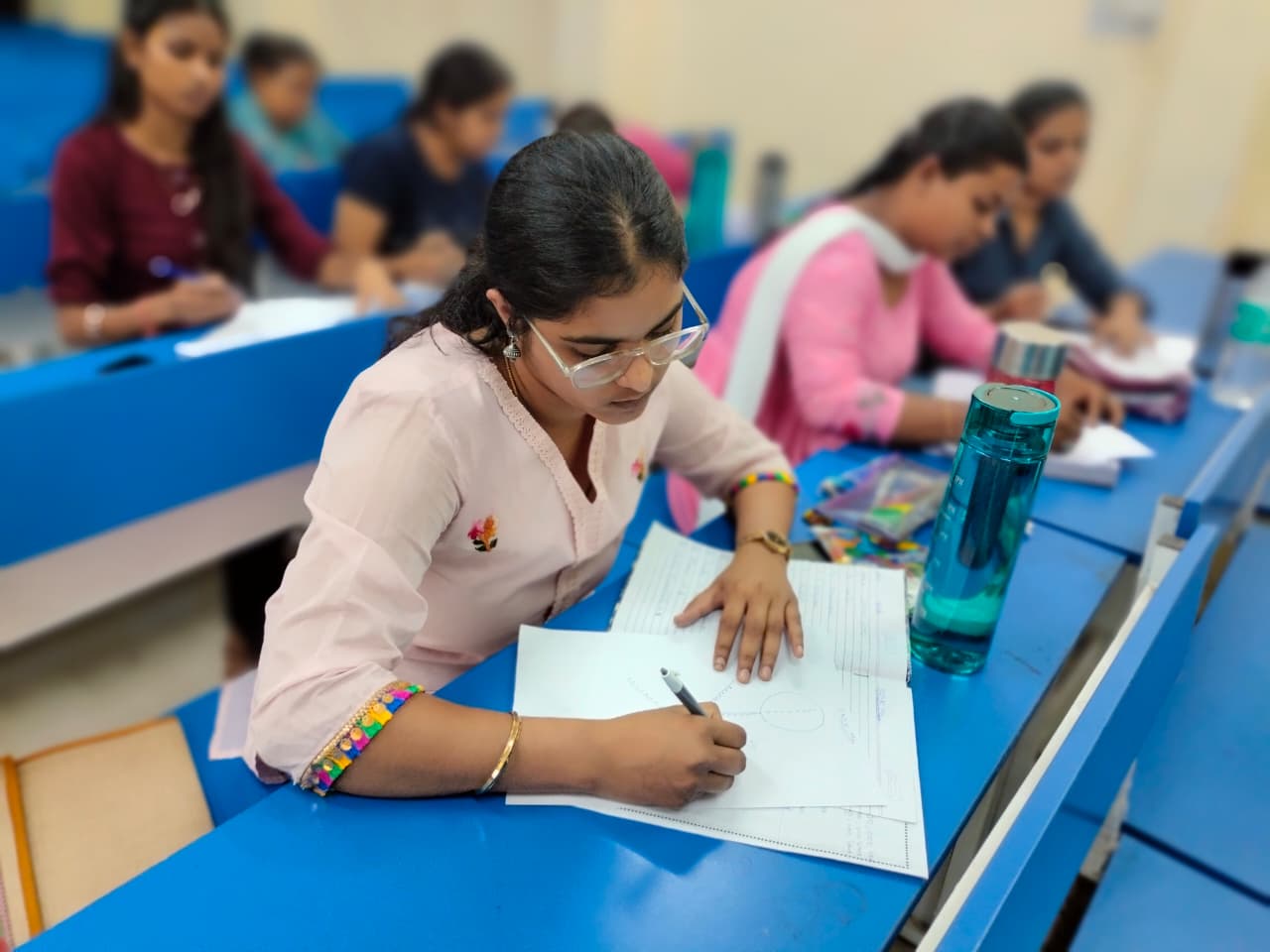If you think back to your biology lessons, you may remember being taught about photosynthesis as a chemical reaction with a specific formula to memorise. You may also remember not being encouraged to consider just how extraordinary this process really is. We encourage you to do that with us. Through the act of photosynthesis, plants perform one of nature’s most elegant and effective feats: they convert sunlight, carbon dioxide from the air, and water from the soil into a basic food source (sugar, in the form of glucose) and oxygen. Whether we choose to see this as a sophisticated form of natural engineering or a miracle of biological alchemy, the fact remains that modern science has yet to replicate it.
The innate design of a leaf and the workings of its chloroplasts remain unmatched in their effectiveness at converting light, gas, and water into food.
Plants, as primary producers of energy, are one of the most important foundations of abundant life and evolution on Earth. So, the next time you spot a small blade of grass pushing up through a crack in the footpath or the side of a building, pause to consider what it represents: the first link in the global energy chain. Every animal, every human, every ecosystem ultimately depends on this ability of plants to transform sunshine into living matter. But most plants cannot grow from sunlight, air, and water alone. They are deeply dependent on, and in symbiosis with, the soil — an older, deeper, more complex living system in its own right. Soil is teeming with life: a vast, evolving ecosystem filled with plant roots and microorganisms that are constantly exchanging nutrients and water in a delicate, dynamic balance. Understanding soil as the Earth’s currency, not only a currency of energy but also of nutrition and carbon, is essential to understanding and practising agriculture.
Here at Naandi, we have poured a vast quantity of resources into understanding the workings of soil as a living entity and how it can be cared for. Our concern for soil lies at the heart of our work in agriculture. And while this concern is often described as integral to sustainable agriculture, we believe that a ‘sustainable’ approach is no longer enough. The word ‘sustainable’ suggests maintaining something at a certain level or rate. But given that India and its farmers are facing urgent challenges such as (but not limited to) declining soil fertility, depleting water reserves, heavy dependence on chemical fertilisers, and increasing socioeconomic distress, preserving the status quo is no longer an option. Our work in agriculture goes beyond sustainability: we aim to regenerate. We want to reverse the damage caused by decades of conventional farming and rebuild the agricultural systems that sustain life and livelihoods for all living beings.
This work begins with partnerships. We collaborate with smallholder farmer families, who make up 85% of India’s agricultural workforce and manage nearly half of its farmland. By combining their indigenous knowledge of agricultural systems with modern science on soil conservation, we’ve developed an organic-regenerative method of agriculture designed to heal and protect the soil. When soil is restored, it can once again support the growth of healthy plants, crops, and trees, and in turn, produce food for people, animals, insects, and birds alike. It is the smallholder farmers who carry out this work, applying practices rooted in soil science, agroecology, and microbiology. In doing so, they safeguard the very source of their livelihoods: the soil that gives rise to crops, income, and ecosystems. And the benefits extend to all of us, as we enjoy the diverse, nutritious food that healthy soil and dedicated farmers produce.
At the heart of this method is a set of natural agri-inputs which Naandi produces on-site using locally available materials and tried-and-tested fermentation techniques. Producing and distributing these agri-inputs is how we help farmers bring back life and vitality to their soils. Achieving this with chemical fertilisers is not possible, as fertilisers are not designed to activate biological processes in the soil geared towards microbial and plant health. Our agri-inputs do just this, and over time, the entire soil-farm ecosystem becomes self-sufficient in its storage and exchange of microbes, carbon, nutrients, and water.
The first and most essential of these natural agri-inputs is Black100, which we describe as a fertility initiator as it is applied to the soil before a new cropping cycle begins. Black100 is made by fermenting fresh dung from a lactating cow in a specially designed clay cone. This fermentation process produces a dark, sweet-smelling mixture that contains a powerful mix of beneficial microbes. When Black100 is mixed into water and sprinkled upon the soil, these microbes get straight to work, helping unlock nutrients that plants need to grow strong and healthy. Different microbes play different roles. Some form symbiotic partnerships with plant roots to feed the plant nutrients in exchange for sugars made through photosynthesis. Others pull nitrogen from the air and convert it into a form plants can absorb from the soil, and many convert carbon into a stable form to store in the soil. There are thousands of species like these, each doing something unique and important in the underground world of soil. Scientists are still racing to understand them all — and truth be told, microbes are way ahead of us. They’ve been helping plants and anchoring ecosystems far longer than we have!

The second input is White100, a plant health regulator made by fermenting quartz crystals composed of silica – the second most abundant element in the Earth’s crust. W100 is sprayed directly onto plants’ leaves, where it is absorbed to strengthen the plant from the inside out. It helps them grow tall and upright, boosts their ability to absorb sunlight and photosynthesise, and sharpens their natural defences against stress, pests, and disease. You could say it’s like armour for plants, making their tissues tougher and more resilient against various stresses.
The third agri-input, C100, is a multipurpose one created through a more complex fermentation process, with cow dung as the base ingredient combined with mineral powders and six fermented herbal preparations made from medicinal plants, bark, and flowers. In its multipurpose nature, C100 can be applied to the soil or any part of the plant at all stages of its growth cycle. It delivers not only microbes (similarly to Black100) but also nutrients and bioactive compounds that both microbes and plants feed on and benefit from. It can be used to treat seeds, revitalise soil, or be sprayed on plants to support growth and resistance to pests.

And finally, there’s compost — an all-purpose soil health facilitator. Naandi produces vast quantities of compost through large-scale composting operations: building large heaps, around 1.5 metres high, by layering fresh green biomass, dry biomass (like straw and crop residues), cow dung, and mineral additives several times over, topped with a dose of the same six herbal preparations used in C100. Over time, the microbes in the heap break down the available organic matter, reducing the heap in size and transforming it into a dense, dark, crumbly material with a sweet, earthy smell — a sign of microbial richness. Compost feeds not just plants, but brings vitality to the entire soil ecosystem, supporting the microbes and biological processes that store and unlock nutrients and water and deliver them to crops.

Together, these agri-inputs support a closed-loop, organic-regenerative system — one where abundantly available natural resources are transformed into nutrient-rich, biologically active preparations that revive soil life, strengthen plant health, and help farmers move away from chemical dependence. Within these preparations are countless microbes, working quietly under- and aboveground to capture carbon, water, and nutrients and make them available to plants, thereby playing a vital and often overlooked role in supporting our primary producers of energy.
In recognising their extraordinary contributions, perhaps it’s time we see microbes not just as helpers, but as another kind of primary producer — fuelling the very systems that sustain life. In the agricultural future we envision, it is farmers and microbes together who lead the way, as partners in a journey of regeneration across India.




